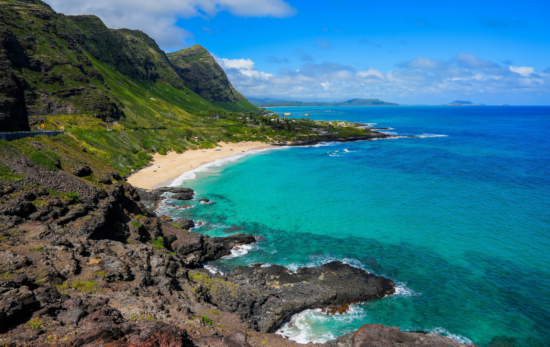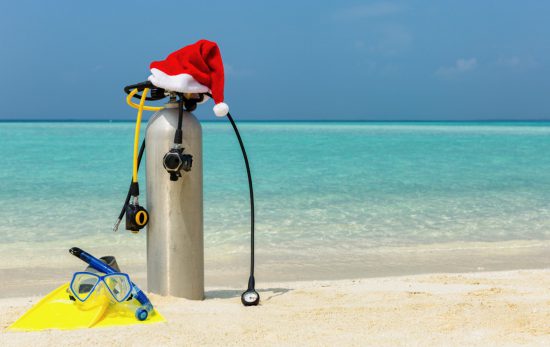Hawaii’s Big Island is world-renowned for its awe-inspiring natural beauty and unique ecological features. Home to the Hawai’i Volcanoes National Park, it draws nature lovers and outdoor enthusiasts from around the world – including scuba divers. With exceptional visibility and an abundance of coral reefs, there are ample opportunities to observe a wide variety of marine life just offshore. This dive center can aid you in exploring the Big Island. Here are nine sites not to miss for divers exploring the wild and wonderful underwater world surrounding Hawaii’s Big Island.
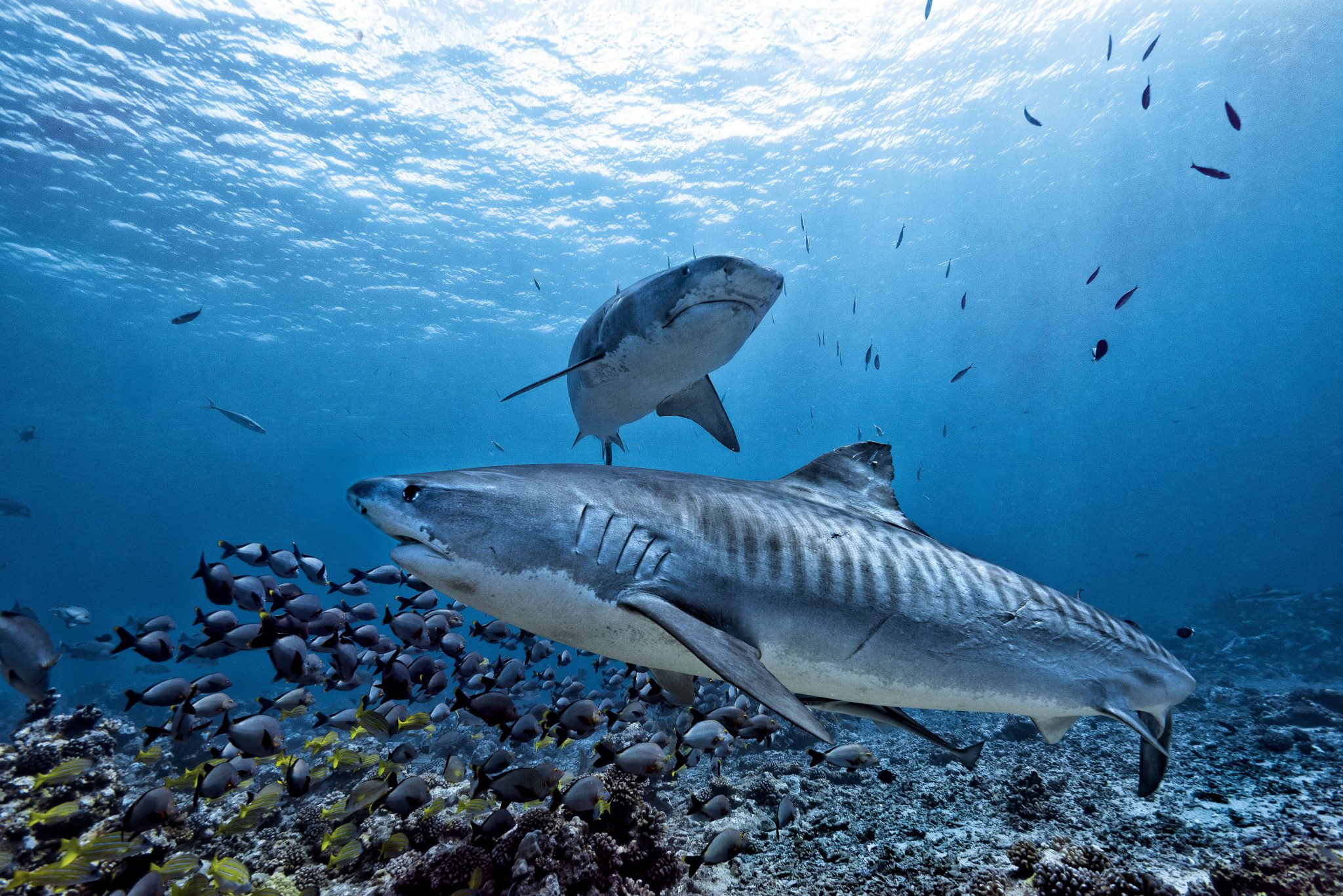
1. Crescent Beach
Located just outside Honokohau Harbor, this dive site is famous for the large megafauna that makes regular visits – especially the iconic tiger sharks. From just off the beach to depths of nearly 80 ft. (24m), divers can have up-close encounters with the dolphins, manta rays, eagle rays, sea turtles, black tips, and tiger sharks that frequent this area with a vibrant and lively coral reef backdrop. Undoubtedly, the array of large marine life makes this one of the top dive sites in Hawaii.
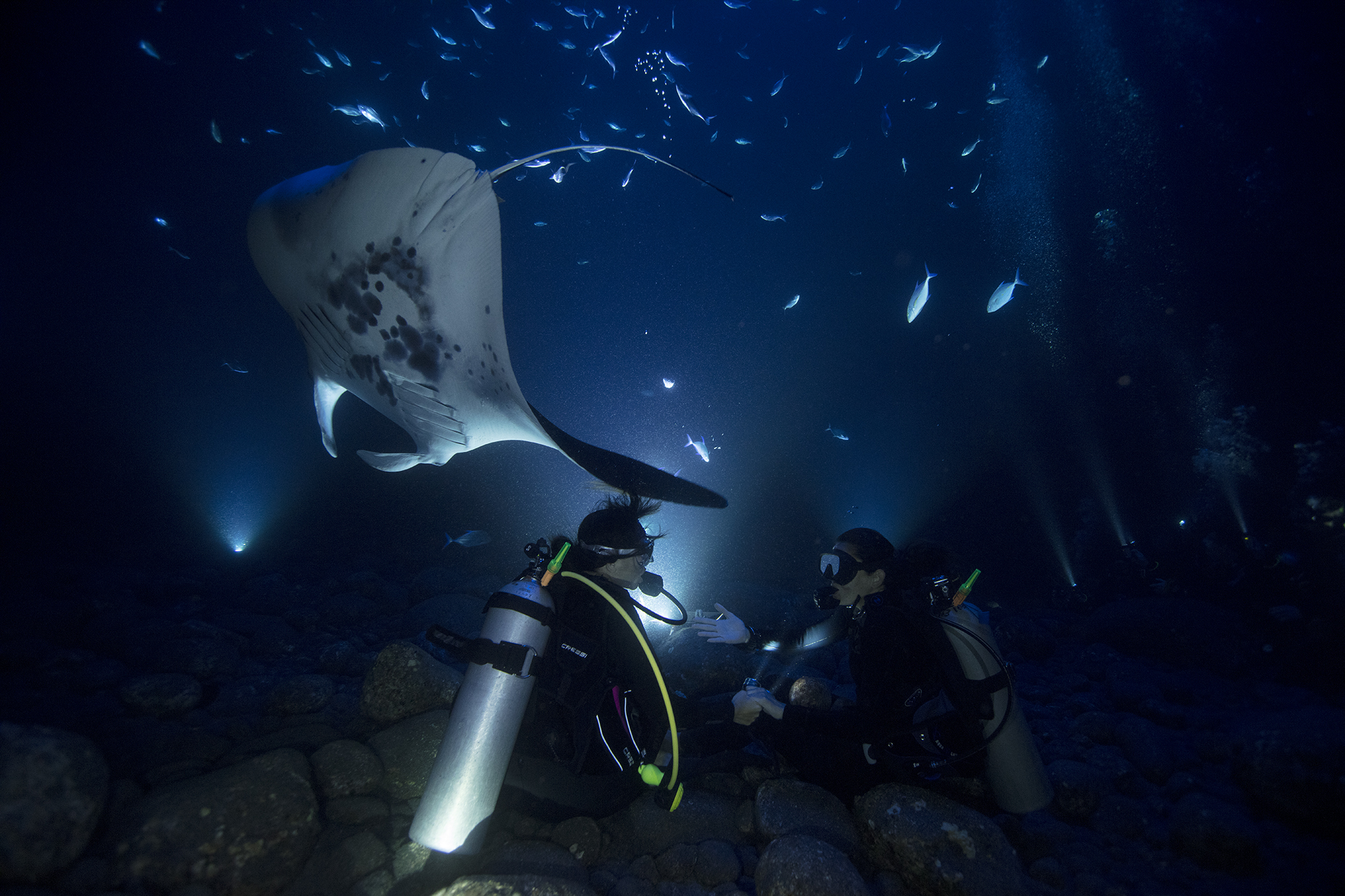
2. Garden Eel Cove – Manta Night Dive
The Manta Night Dive is probably one of the most iconic dives around Hawaii’s Big Island. Most divers describe this dive off Kona as otherworldly. After the sun sets, descend to a sandy bottom about 30ft (9m) beneath the surface. You’ll be greeted with giant manta rays soaring overhead, under the spotlights of the boats, while feeding on plankton. Without a doubt, this is a surreal, spectacular, and thrilling experience all at the same time. Watching these gentle giants glide and twirl effortlessly in front of your eyes is a once-in-a-lifetime opportunity you shouldn’t miss when visiting the Big Island. Read a detailed first-hand account of diving at Garden Eel Cove (nicknamed Manta Ray Heaven or Manta Night Dive) here.
3. Pu’uhonua O Honaunau/Two Step
Water entry is a breeze at this shore dive, thanks to the tiered lava formation along the shore. And, underwater, divers can explore ancient architecture created by lava flows centuries ago. Best of all, it’s now home to a bustling coral garden housing an incredible variety of colorful reef fish. Altogether, this is an excellent dive for beginners or advanced divers who want to see eels, octopuses, and sea turtles. Pu’uhonua O Honaunau National Historical Park is home to a four-hundred-year-old place of refuge and is a sacred historic site on the Big Island.
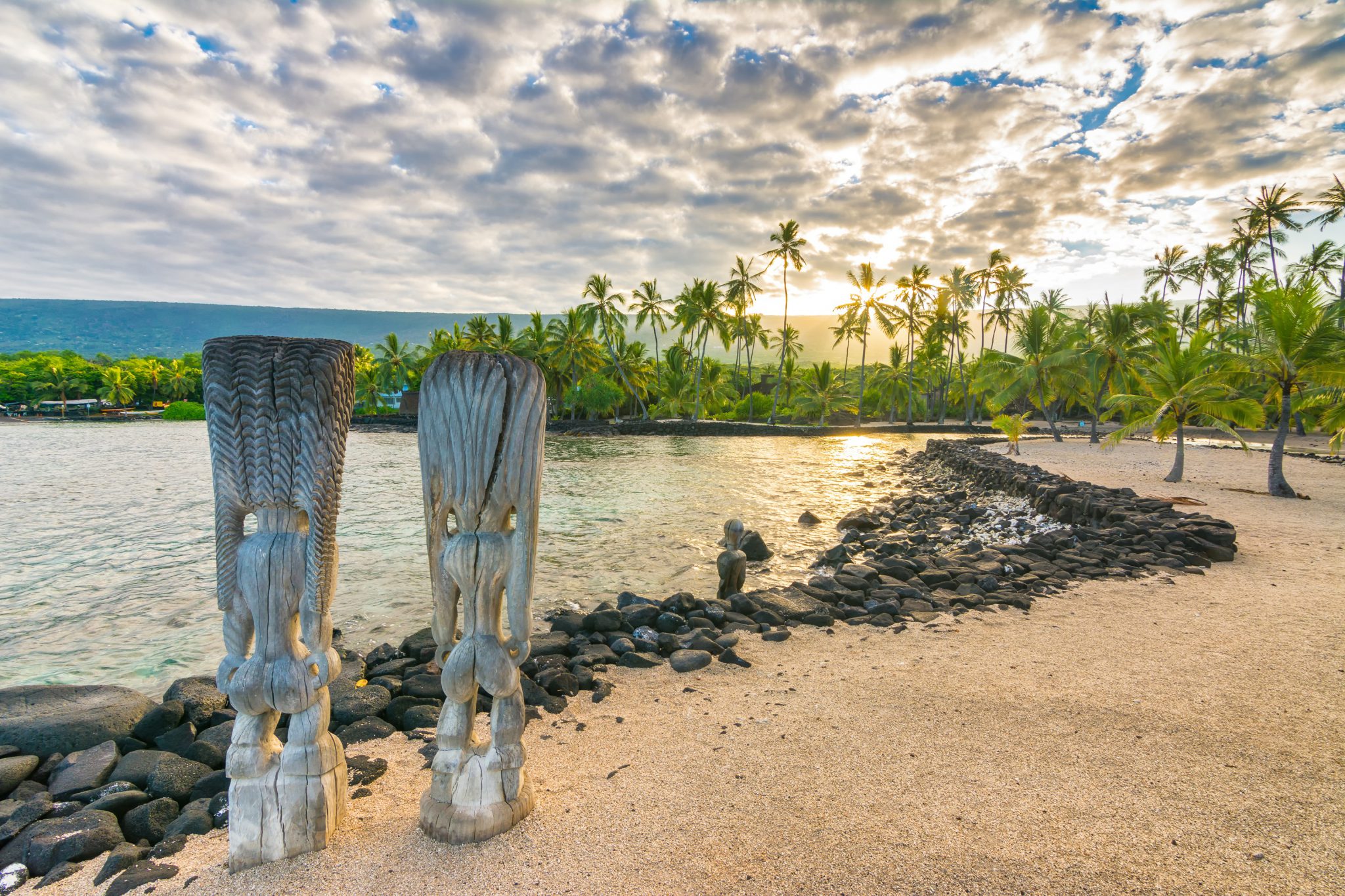
4. Kaiwi Point
This is actually the location of four dive sites, instead of just one (often called Washrock, Sand-chute, Arch Cave, and Kamanu). You won’t dive all four on a single trip, but we’ve grouped them together for ease of discussion – although this technically means this list should be the top 12 dive sites around Hawaii’s Big Island. The variety of underwater bathymetry here makes for a truly exciting diving. And since this location is only accessible by boat, you’ll often encounter fewer divers in the water. On a single dive, you may pass beneath a lava rock arch, above a boulder bottom, cruise beside a large lava rock wall, explore a circular cavern spotted with skylights, or gaze out over a steep drop-off into a wide expanse of clear blue open ocean.
5. Suckem-up
This site is all about underwater lava caves. Divers pass through a series of caves that reveal brilliant beams of sunlight poking through holes overhead and a variety of marine life creatures hiding in crevices. Whitetip reef sharks are also a common sight here. When exiting the lava caves, divers that time their departure with the surge can get helpfully ‘sucked’ out (hence the name).
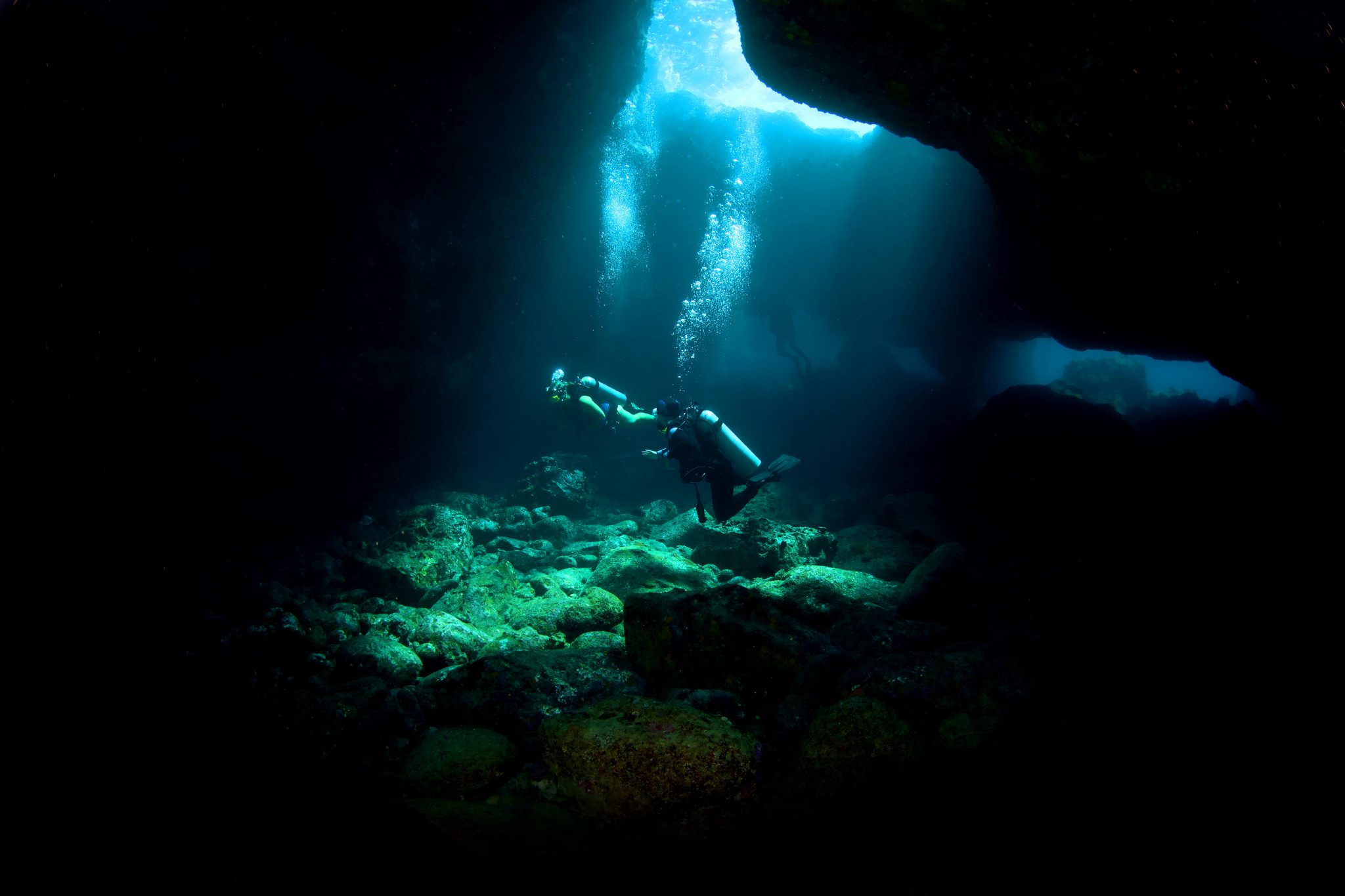
6. Touch of Grey
Love baby sharks? This dive site is a grey reef shark nursery. Groups of these adorable sharks – some only 2 ft. (61cm) long – are often spotted circling or laying underneath ledges among schools of colorful reef fish, like angelfish, boxfish, and snapper. Due to a typically strong current, a ravine, and some complex underwater formations, this dive site is best for advanced divers who have experience in diving in currents.
7. Black Water Dive
Hawaii’s Big Island is home to the legendary Black Water Dive that you can only enjoy at night. Experienced divers venture out here by boat to meet a cornucopia of marine creatures. This dive takes place much further out at sea than the colorful Kona reefs. The sight is located over deep waters.
During a dive, you’ll hover off a tether at around 45 ft. (13m). Many class the dive as a dream-like, outer-space experience. Pelagics might drift by, but the real stars of the show are much smaller. You’ll be on the lookout for the glittering siphonophores, cephalopods, and bioluminescent marine life at larval stages. This dive is best suited to those with previous night diving experience. If you haven’t taken your Advanced Open Water Diver course yet, Hawaii is a great place to get started!
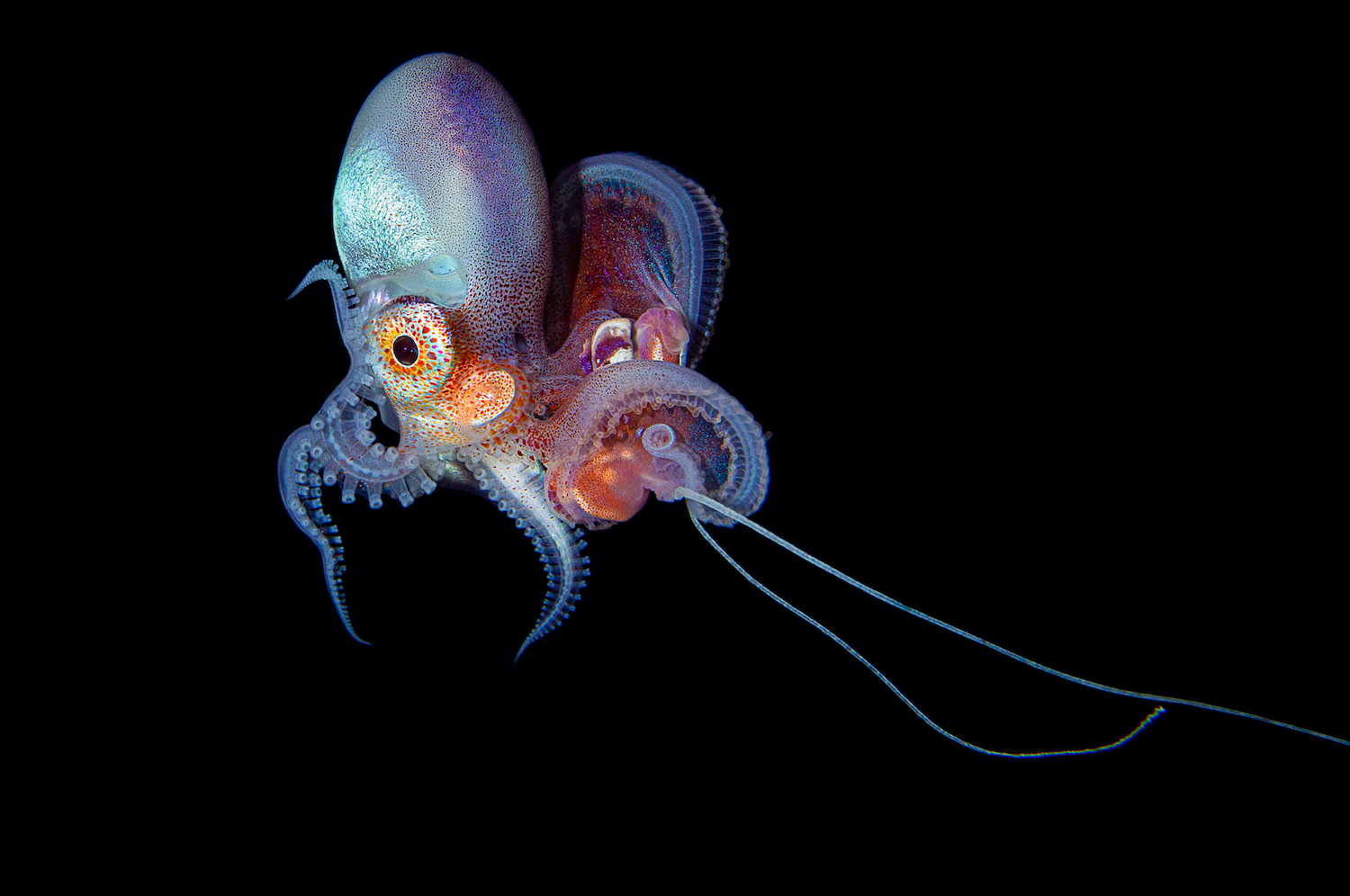
8. Golden Arches
Golden Arches is another excellent site for beginners. Located on the Kona coast, it’s a short boat ride from Honokohau Harbor. It’s aptly named after two arches created by lava tubes that make a beautiful underwater landscape, perfect for snapping some stunning underwater photos. The site is teeming with tropical fish, and keep your eye out for moray eels, frogfish, and even reef sharks. You can swim through the arches, so bring a torch to investigate the crevices and holes in the rock around you. You never know what you might find!
9. Turtle Pinnacle
Located just off the northwest coast of Kona, this dive is precisely as its name suggests. Coral pinnacles make up a cleaning station where you can spot green sea turtles coming for a bit of pampering to have any parasites removed. If the surgeonfish cleaners are already busy, you can catch turtles waiting their turn at the bottom or having a nap afterward.
During the dive, you can also observe smaller fish around the corals, as well as eels, octopuses, or even dolphins. Schooling barracuda often frequent the site, so keep your eyes peeled for them as well. Overall, Turtle Pinnacle is an easy dive that is ideal for beginners and one that gives you a chance to view plenty of the Big Island’s unique marine species.
A Note on the Day-Use Mooring Systems in Hawaii
The boat diving sites on our list are only available to recreational divers thanks to efforts of the Malama Kai Foundation. Malama Kai install and maintain day-use mooring buoys around the main Hawaiian Islands at popular dive sites. If you’d like to support their work, consider making a donation here.
Additionally, if you ever find yourself independently diving at any of the above sites, remember to make use of these moorings for easier access and to limit your impact on the underwater environment.
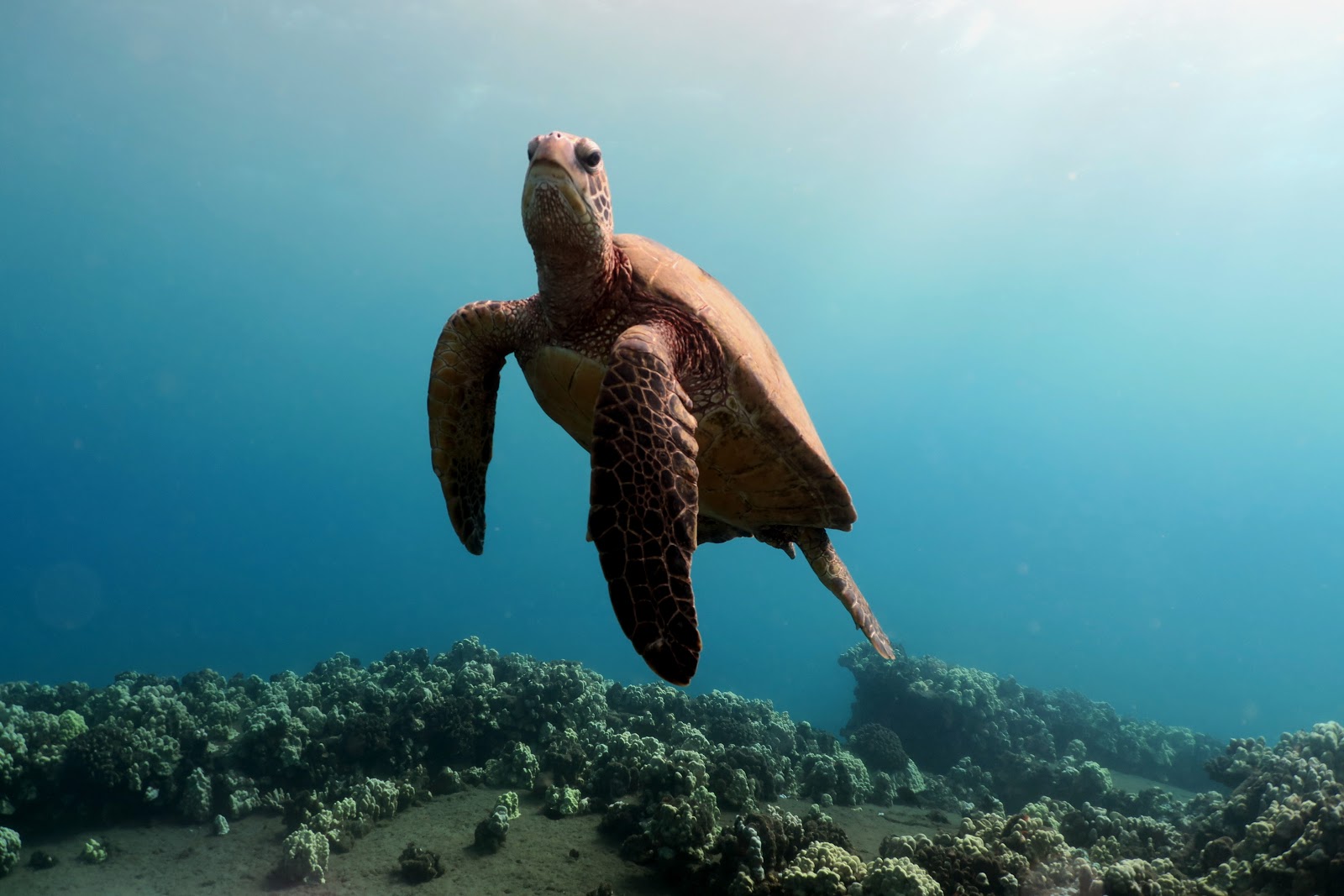
Exploring Hawaii’s Big Island
When you are not underwater in Hawaii, there is no shortage of topside adventures, activities, and places to explore on the Big Island.
Thrill Seekers
For thrill seekers, try the famous zipline and ‘fly’ over Kolekole Falls. Alternatively, take a jump from the most southern point of the United States. That’s right, Ka Lae (also known as “The Point”) is the most southerly spot. You’ll jump approximately 50 ft. (15m) into the warm Hawaiian waters before checking it off your bucket list!
Volcanoes and Lava
It wouldn’t be a complete trip if you didn’t spend some time checking out what Hawaii is most famous for – lava!
From the Kilauea Visitor Center, you can see the Kilauea Crater and the occasional lava spew. To get an even closer look at the volcano and the lava spewing into the ocean, it’s possible to book a boat tour directly with the boat companies that are based nearby.
Sunsets and Stargazing
Head over to Kona for some of the best sunsets on the planet. On the Kailua-Kona side of the island, there are stunning beaches which are perfect for catching the best sunsets – don’t forget to take your camera!
After sunset why not head up to Mauna Kea for a stargazing tour? The temperature is cooler here and averages just 43°F (6°C). This is a must for any would-be astrologists or astrophotographers. If an organized tour doesn’t appeal, there are numerous free stargazing apps for both Apple and Android phones. Simply point your phone to the sky and learn which constellations and stars you are looking at. With little light pollution, Hawaii’s Big Island is perfect for getting started!
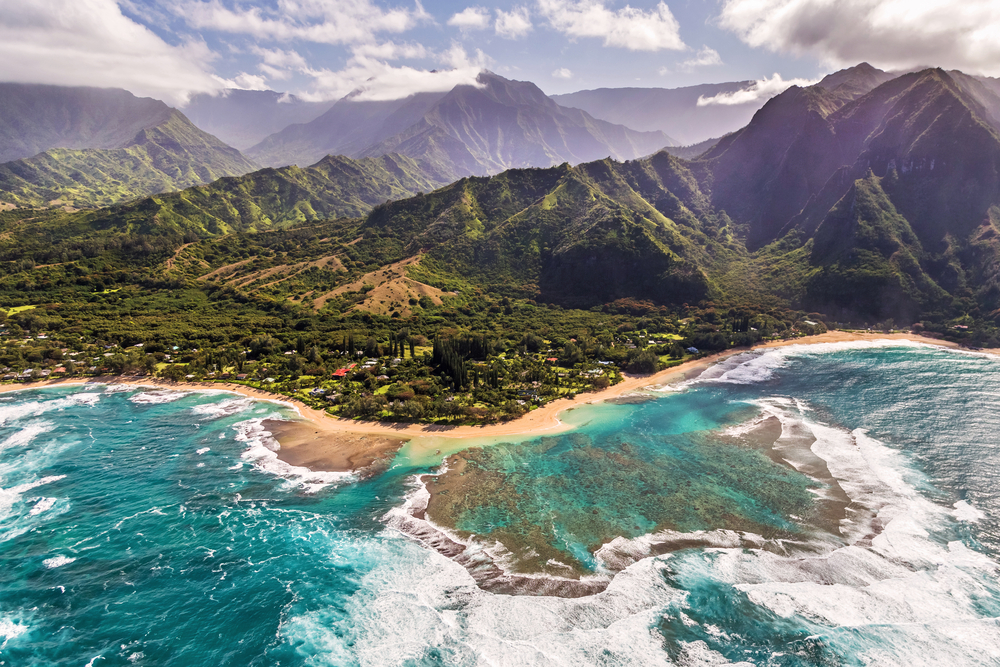
Ready to Dive in Hawaii?
With so many amazing dive sites to choose from, the underwater world surrounding Hawaii seems to always deliver an incredible diving experience for even the most seasoned divers. Learn more here before planning your dive trip to Hawaii.

